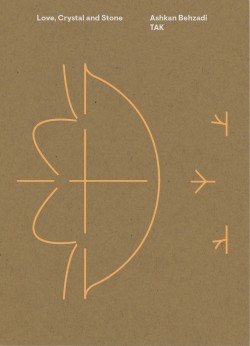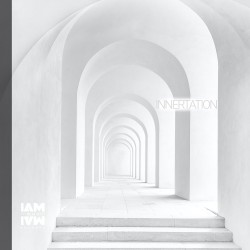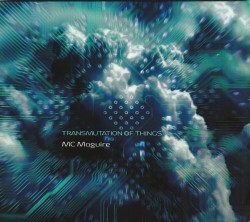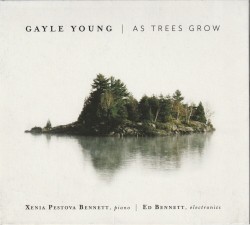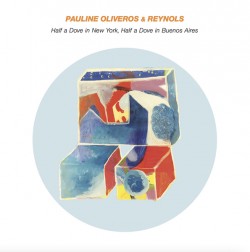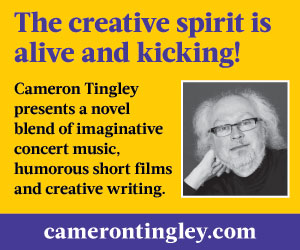Almost Touching - An Laurence
 Almost Touching
Almost Touching
An Laurence
people | places | records PPR 033 (peopleplacesrecords.bandcamp.com)
Tiohtià:ke/Montreal-based An Laurence 安媛 is a nuanced experimental guitarist, vocalist and multimedia artist. Not only a solo act, she cofounded the Paramorph Collective with composer Kim Farris-Manning, and with flutist Sara Constant, the duo alokori. Laurence’s approach to performance favours pushing the boundaries of received genres such as contemporary classical, electronic music, spoken word and song. Her 15-track Almost Touching features works by five international composers, combining all those influences, sometimes juxtaposed in abrupt ways.
Emblematic of the record is Elischa Kaminer’s 11-part expansive, moody and challenging Chants d’amour. Nearly 62-minutes long, it could easily have been a separate album. The work of Kaminer, a composer and theatre-maker based in England and Germany, is “located on the intersections of music theatre, sound art, electronic, concert, queer-pop and Yiddish musics.” His recent work often takes on the form of “electro-acoustic landscapes … molded [onto] performers’ own artistry, humour, physicality and musicality.”
The dizzying, disparate variety of vocal, instrumental, stylistic, electronic and affective devices in Chants d’amour certainly reflects his approach. Another distinct challenge to an Anglo like me is Laurence’s extensive intimate poetic recitations in French sprinkled throughout the work. In my mind’s eye it adds up to a theatrical whole which might perhaps find its ultimate expression on stage or screen.
The sum of the many parts of this major work – as well as of the album as a whole – while often a demanding listen, is never less than engaging. I’ve a feeling we’ll hear much more from An Laurence.


